
Thrombosis can strike suddenly — know the symptoms before it's too late
Thrombosis is a serious medical condition that occurs when a blood clot forms in a blood vessel, obstructing the normal flow of blood through the circulatory system. While it may sound rare, thrombosis is actually a leading cause of death and disability worldwide. What makes it particularly dangerous is that it often strikes without warning. By the time symptoms appear, the consequences can already be life-threatening. This is why understanding the signs and symptoms of thrombosis is crucial — it can truly mean the difference between life and death.
There are two main types of thrombosis: deep vein thrombosis (DVT) and arterial thrombosis. DVT usually occurs in the deep veins of the legs, while arterial thrombosis affects arteries and can lead to heart attacks or strokes. Both types are medical emergencies that require immediate attention.
One of the most common symptoms of DVT is swelling in one leg, typically in the calf or thigh. This swelling is often accompanied by pain or tenderness, which may worsen when standing or walking. The skin in the affected area may also become warm, red, or discolored. Many people mistake these signs for a muscle strain or minor injury, but ignoring them can be dangerous. If a DVT is left untreated, the clot can break loose and travel to the lungs, causing a pulmonary embolism — a life-threatening condition.
Pulmonary embolism symptoms include sudden shortness of breath, chest pain that may worsen when breathing in, rapid heartbeat, and coughing up blood. These signs require urgent medical care. Unfortunately, because these symptoms can mimic those of other conditions, such as a heart attack or panic attack, they are sometimes misdiagnosed or ignored.
Arterial thrombosis is no less severe. When a clot forms in an artery, it can block blood flow to vital organs. If this occurs in the heart, it causes a heart attack; in the brain, it causes a stroke. Symptoms of arterial thrombosis can vary depending on the organ affected, but common signs include sudden numbness or weakness in the face or limbs, difficulty speaking or understanding speech, loss of balance or coordination, and severe headache with no known cause. Immediate medical intervention is essential in these cases to prevent permanent damage or death./assets/images/provider/photos/2693537.jpg)
Several risk factors increase the likelihood of developing thrombosis. These include prolonged immobility (such as during long flights or hospital stays), smoking, obesity, certain medical conditions like cancer or autoimmune disorders, pregnancy, and genetic blood clotting disorders. People over the age of 60 and those with a family history of clotting problems are also at greater risk.
The good news is that thrombosis can often be prevented. Staying active, maintaining a healthy weight, drinking plenty of water, and avoiding smoking are all effective ways to reduce your risk. For those with higher risk factors, doctors may prescribe blood thinners or recommend compression stockings to improve circulation.
In conclusion, thrombosis is a silent threat that can strike suddenly and without warning. However, being informed about the symptoms — and taking them seriously — can save lives. If you or someone you know experiences signs of swelling, pain in the leg, sudden chest pain, difficulty breathing, or stroke-like symptoms, seek medical help immediately. Recognizing the warning signs of thrombosis early gives you the best chance of effective treatment and recovery. Don’t wait until it’s too late — your awareness could be the key to survival.
News in the same category


Many of you still don't know what could happen if you continue to sleep like this all night.

The 32-year-old teacher who almost lost her life to diabetes

6 Benefits of Eating Garlic Before Bedtime
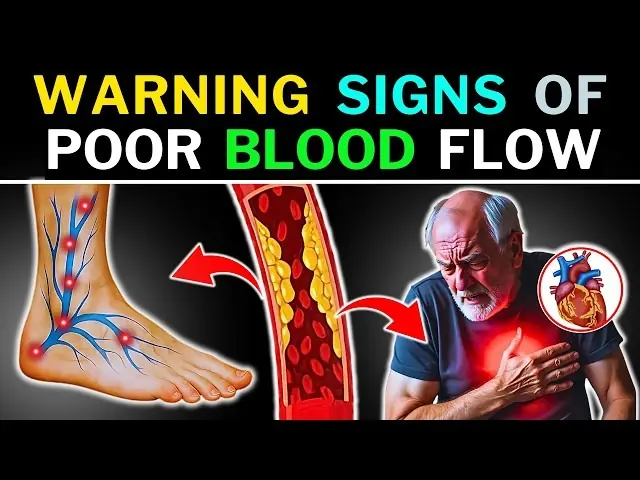
WARNING SIGNS OF POOR BLOOD CIRCULATION THAT MOST PEOPLE OVERLOOK AND HOW TO SPOT THEM EARLY

Secret that Dentists don't want you to know: Remove Tartar and Teeth Whitening in just 2 minutes
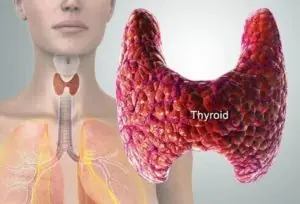
The #1 Enemy of Your Thyroid: Stop Eating This Food Immediately!

7 Warning Signs of a Heart Attack You Can Spot Up to a Month Before—And the One Deadly Sign You Must Never Ignore

This Food Helps Activate Your Body’s Stem Cells So It Can Repair Itself Naturally

These 4 Herbs Can Protect Your Brain From Alzheimer’s, Depression, Anxiety & Much More

Hidden Signs Constipation Is Affecting Your Whole Body

Doctor has message for anyone who takes collagen

Remove one item from your home to live longer, says a 92-year-old cardiologist

The Hidden Costs of Sleeping with the Wrong Person: What You Need to Know

Clean Your Blood Vessels Naturally
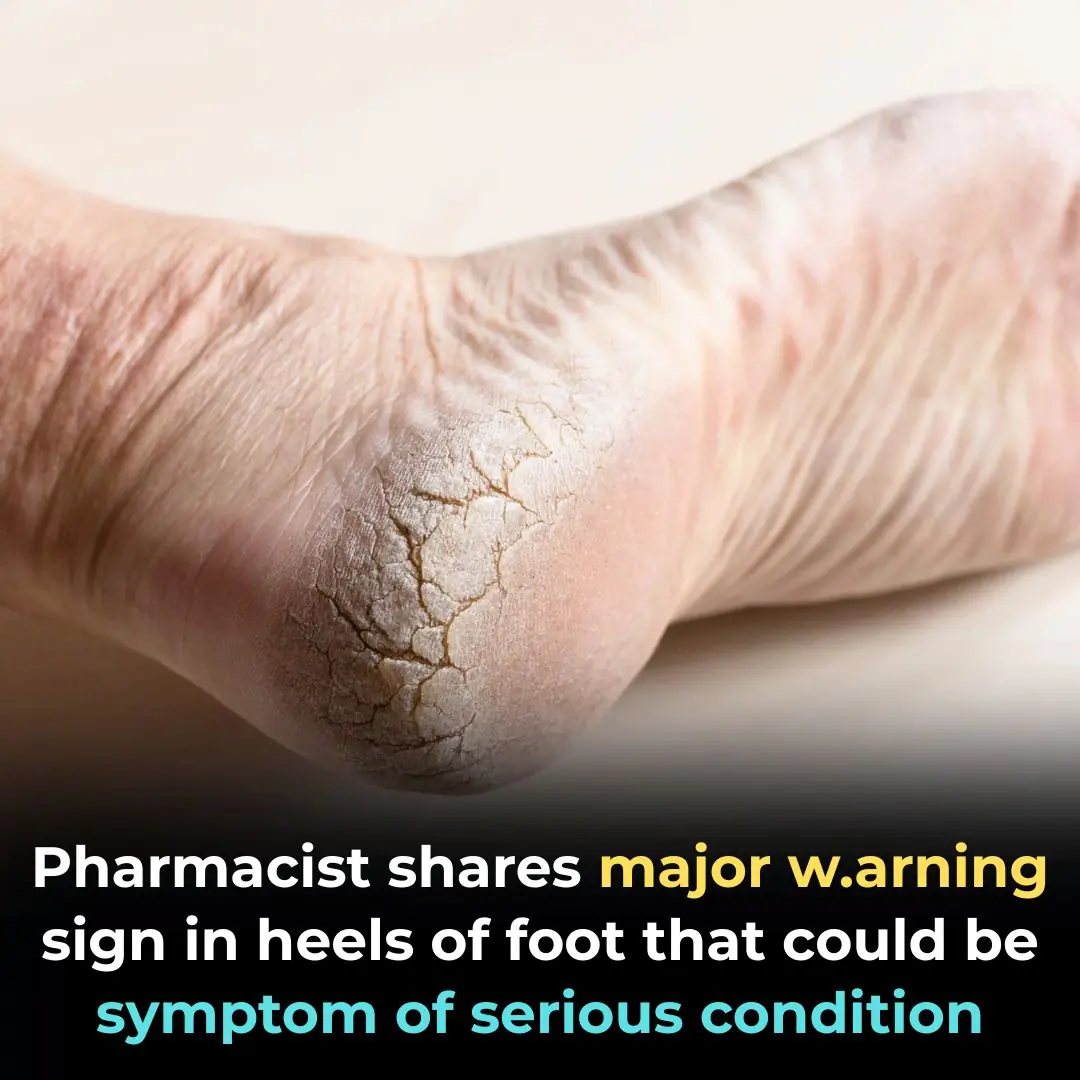
Cracked Heels Could Be a Warning Sign
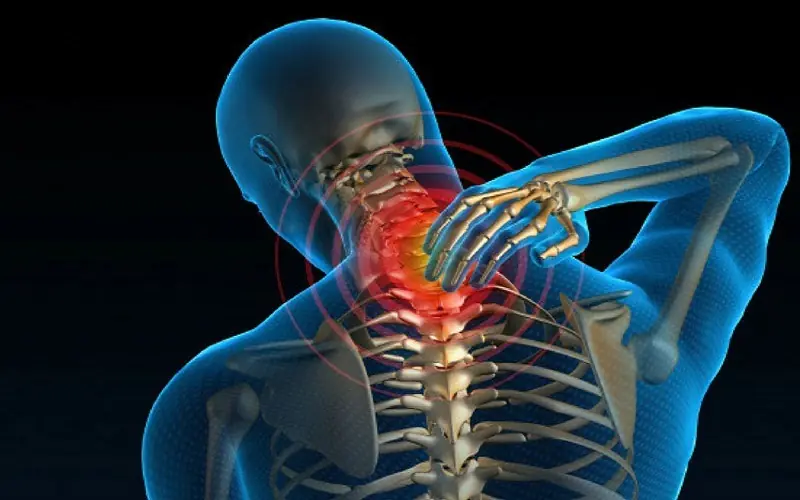
SEVEN TYPES OF PAIN THAT SIGNAL MAJOR RED FLAGS FOR YOUR HEALTH

This Is What Happens to Your Body When You Add Turmeric to Your Daily Diet, According to Science
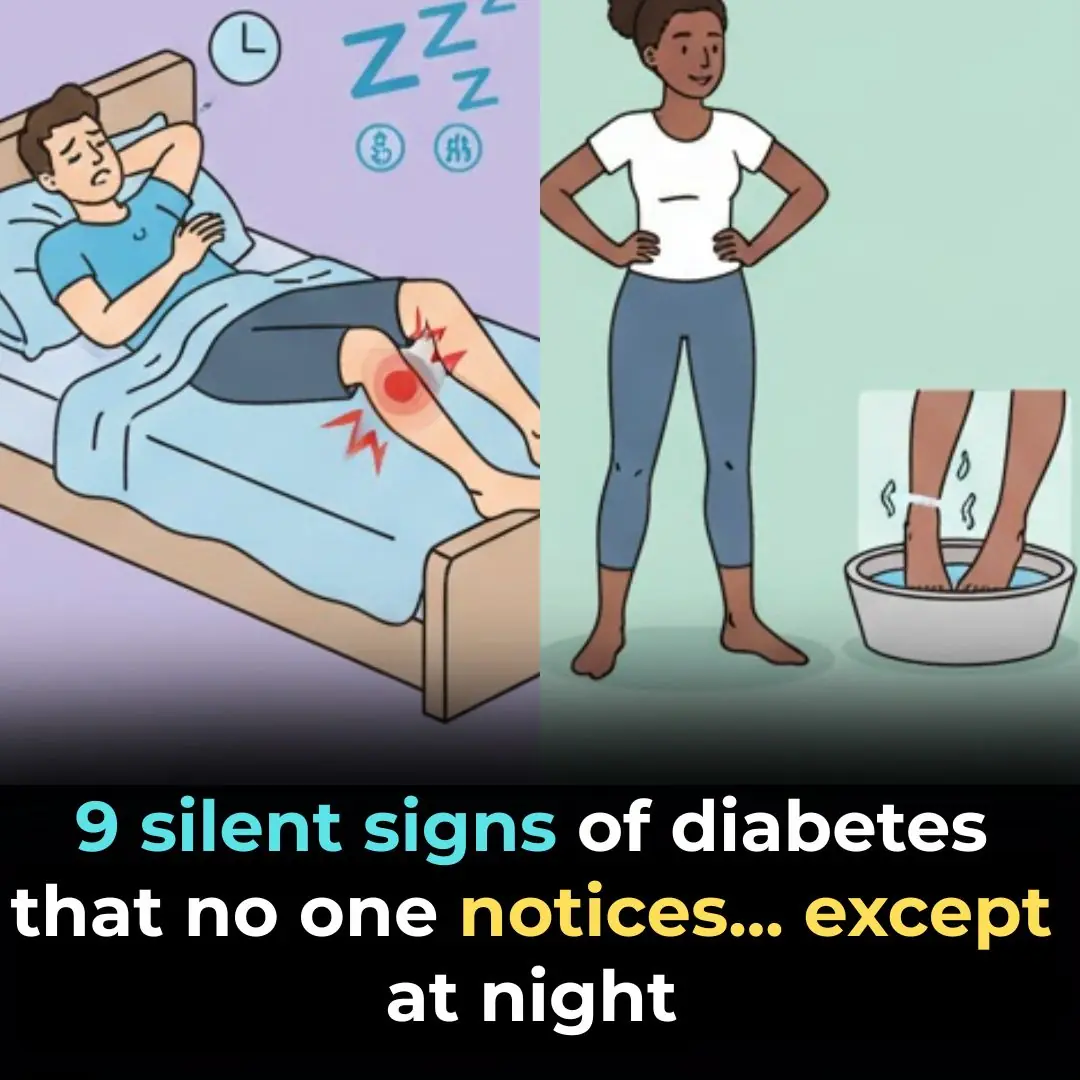
9 Signs of Diabetes That Appear at Night: What You Need to Know!
News Post

Lemon Seeds Can Save a Snakebite Victim Within Just One Minute If Used This Way

Why Keeping A Lemon In Your Bedroom Is A Great Idea

Put salt in your toilet. Here's why. This is something plumbers will never tell you

Guava Leaves for Blood Sugar Control: Nature’s Gift for Diabetics

Banana Blossom: Health Benefits, Recipes, and Uses

Common Mullein: Benefits and Uses of Nature’s Versatile Herb

Fig Leaves: Surprising Benefits and Uses

Inner Vitality Elixir: Benefits of Uda Seeds, Lemon, Aidan Fruit, and Ginger for Women’s Health

When Checking Out of a Hotel, Don’t Fold the Bedding—Not Knowing This Will Only Cause Trouble
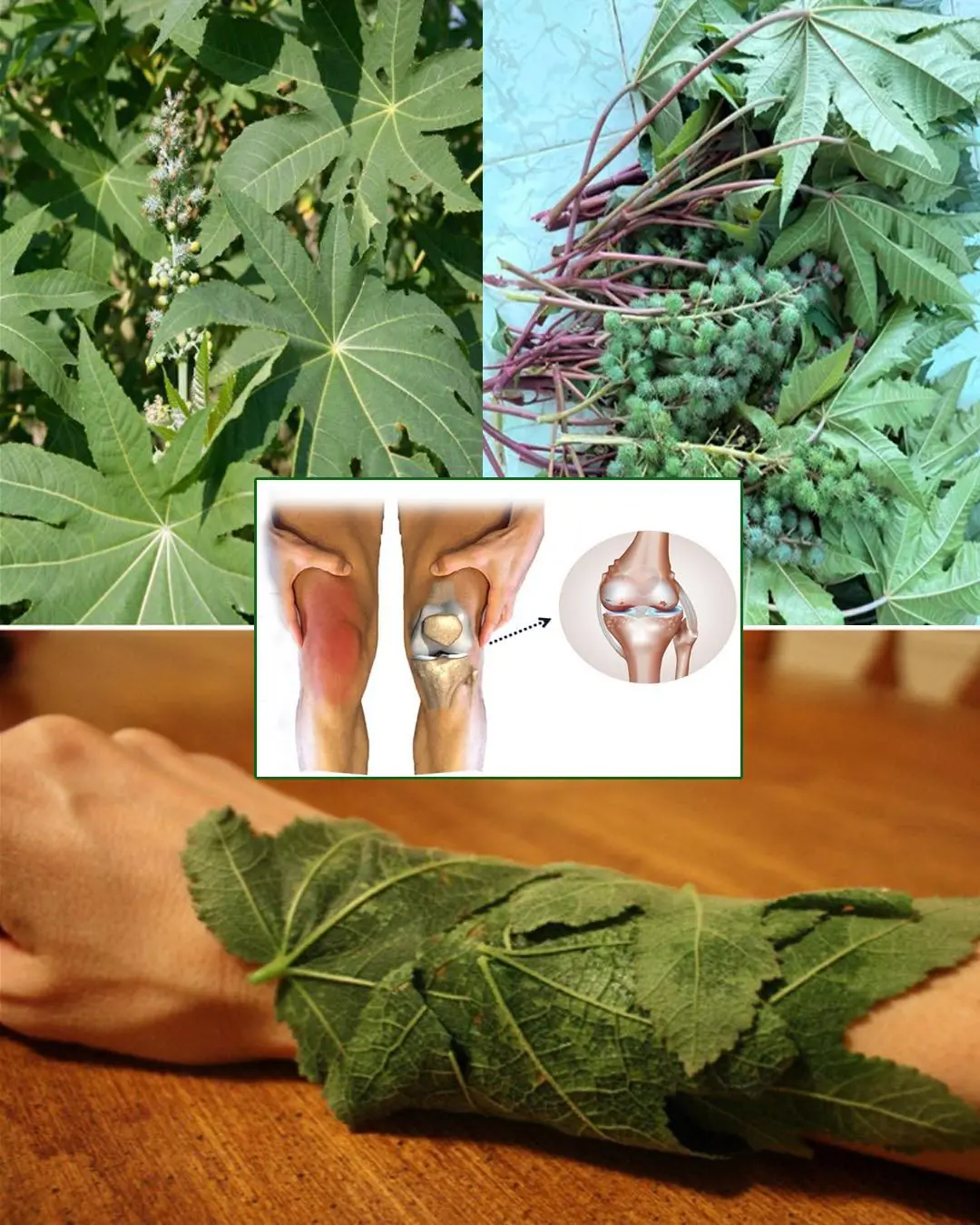
Some of the Benefits of Castor Leaves and the Seed

The Versatile Uses of Stubborn Grass

Pour Beer into Table Salt to Solve Many Household Problems – Wish I Knew This Trick Sooner!

The Best Tea for Mornings and After Dinner: A Powerful Blend for Health

Mimosa Pudica Tea: How to Prepare and Health Benefits

If you have this plant in your garden, don’t cut it down – it’s incredibly valuable!

Euphorbia Hirta (Asthma-plant): Traditional Uses and Applications

Harnessing the Power of Goose Grass: A Guide to Its Preparation and Therapeutic Uses

The water pipe is clogged, do this way to solve it easily, no need to call a plumber

Woman Left with Swollen Lip After Centipede Bites Her in Sleep
